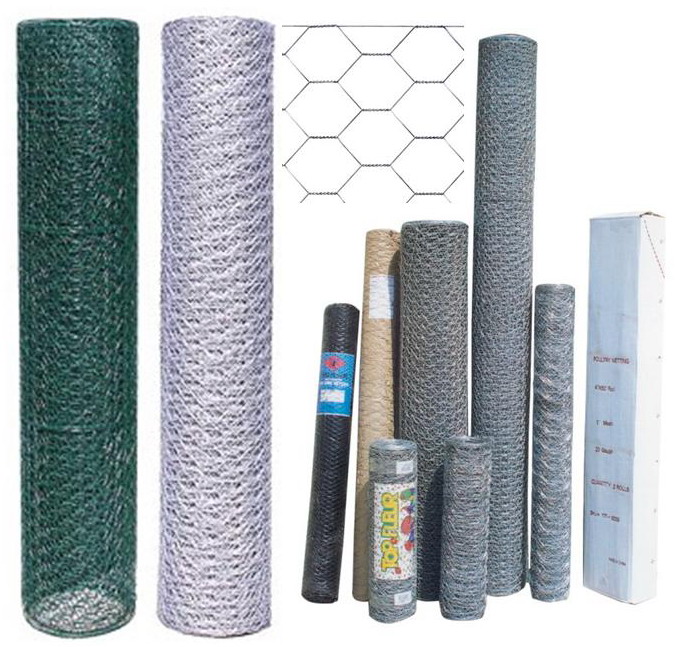
- Mobile Phone
- +8613931874955
- sales@cntcmetal.com
double triangle wall tie
The Double Triangle Wall Tie A Modern Solution for Structural Integrity
In the realm of construction and engineering, the integrity and durability of structures is paramount. One of the key components in achieving this is the wall tie, particularly the innovative double triangle wall tie. This article delves into the significance, design, and applications of the double triangle wall tie, highlighting its role in enhancing building stability.
Understanding Wall Ties
Wall ties are essential elements in masonry construction, utilized to connect two leaves of a cavity wall or to secure a masonry veneer to its backing. Their primary function is to provide structural support, ensuring that the walls can withstand various loads and environmental conditions, including wind, seismic forces, and thermal expansion. Traditionally, wall ties have been made from materials such as stainless steel, galvalume, or plastic, each offering varying levels of strength and corrosion resistance.
The Double Triangle Design
The double triangle wall tie features an innovative design that incorporates two triangular forms, creating a more robust and stable connection between the wall components. This unique geometry not only enhances load distribution but also minimizes the risk of fatigue and slippage, which are common issues in conventional wall ties. The double triangle design facilitates better structural integrity by effectively transferring forces between the leaves of the wall and providing superior resistance to lateral loads.
One of the most significant advantages of the double triangle wall tie is its ability to adapt to various wall configurations. Whether used in residential buildings or larger commercial structures, this design can accommodate different masonry types, thicknesses, and loads. This versatility makes it an attractive choice for architects and engineers who are often tasked with ensuring safety and compliance with building codes.
Material Durability and Corrosion Resistance
double triangle wall tie

Another notable feature of the double triangle wall tie is its construction material
. Often made from high-grade stainless steel, these ties offer exceptional corrosion resistance, essential for longevity, especially in coastal or humid environments. Galvanized steel options are also available, providing a cost-effective alternative without compromising too much on durability. By utilizing materials specifically designed to withstand harsh conditions, the longevity and reliability of the structures incorporating these ties can be significantly enhanced.Applications in Modern Construction
The application of double triangle wall ties extends across various types of construction projects. In residential building, they are frequently used in cavity walls, providing necessary support while allowing for thermal insulation and moisture control. In commercial and industrial structures, these wall ties are employed to secure external cladding systems, ensuring that they remain in place during extreme weather events.
Moreover, the aesthetic appeal of modern architecture often calls for innovative designs, and the double triangle wall tie fits seamlessly into this narrative. Its discreet profile allows architects to maintain clean lines and sleek designs without sacrificing structural integrity. This harmony between form and function is increasingly sought after in contemporary building practices.
Installation and Best Practices
The installation of double triangle wall ties must be executed with precision to ensure optimal performance. Proper spacing, alignment, and embedding techniques are critical to maximizing the benefits of these ties. It’s essential for builders to follow manufacturer guidelines and local building codes to ensure safety and effectiveness. Regular inspections during and after installation can also help identify any potential issues early, ultimately prolonging the life of the structure.
Conclusion
In the ever-evolving field of construction, the double triangle wall tie stands out as a testament to innovation and efficiency. By combining superior design, material strength, and versatility, it enhances the structural integrity of diverse building types. As the demand for sustainable and resilient structures continues to grow, the role of advanced wall tie systems like the double triangle will undoubtedly become increasingly significant. Embracing such innovations not only ensures safety and compliance but also promotes the longevity of our built environment, paving the way for a more durable future.
share:
-
Your Source for Concrete Wall Ties and Masonry AccessoriesNewsJul.10,2025
-
Unlocking the Power of Iron Wire for Every ProjectNewsJul.10,2025
-
Explore Advanced Chain Wire and Stainless Steel Mesh FencingNewsJul.10,2025
-
Discover the Benefits of Annealed Wire ProductsNewsJul.10,2025
-
Discover China Stainless Steel Wire Mesh SolutionsNewsJul.10,2025
-
Build with Confidence Using High-Performance Masonry AccessoriesNewsJul.10,2025
-
Why Sacrificial Formwork Is Redefining Underground ConstructionNewsJun.06,2025



















